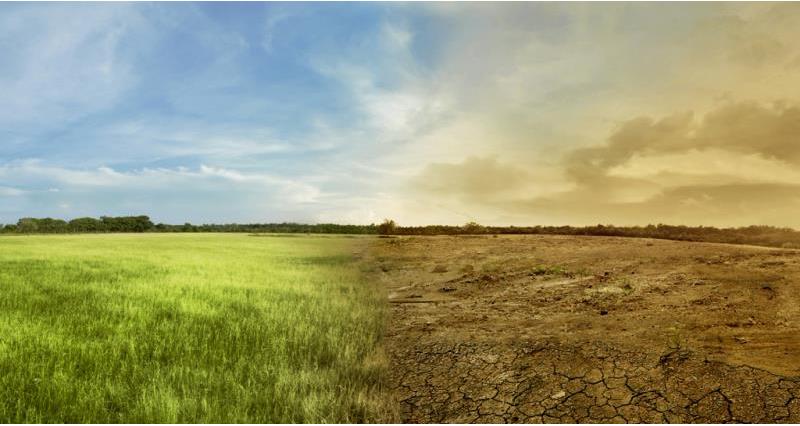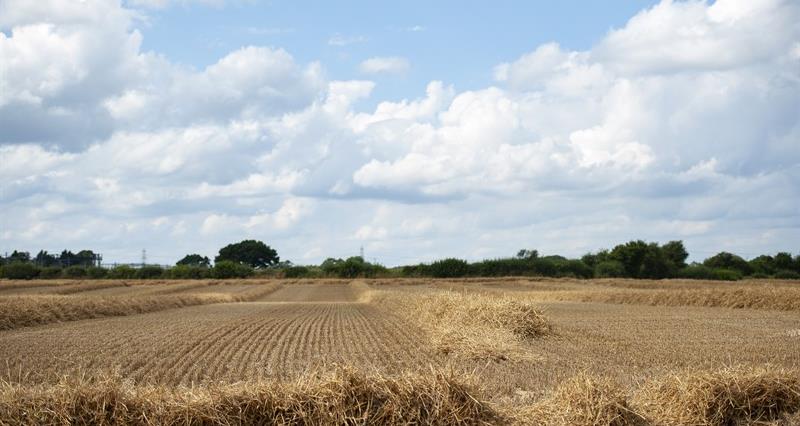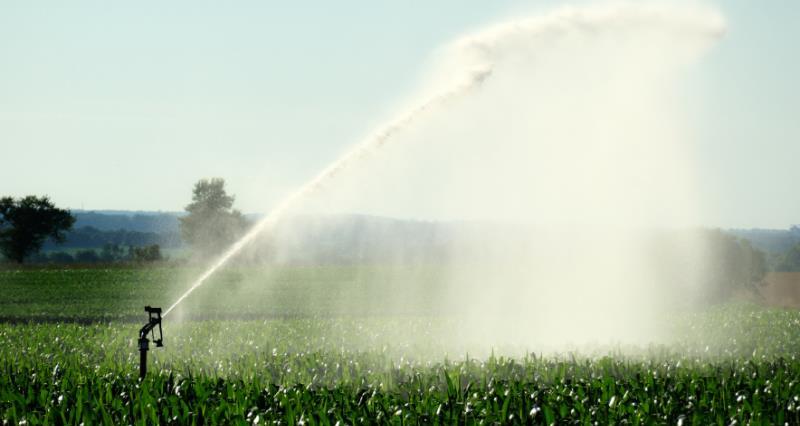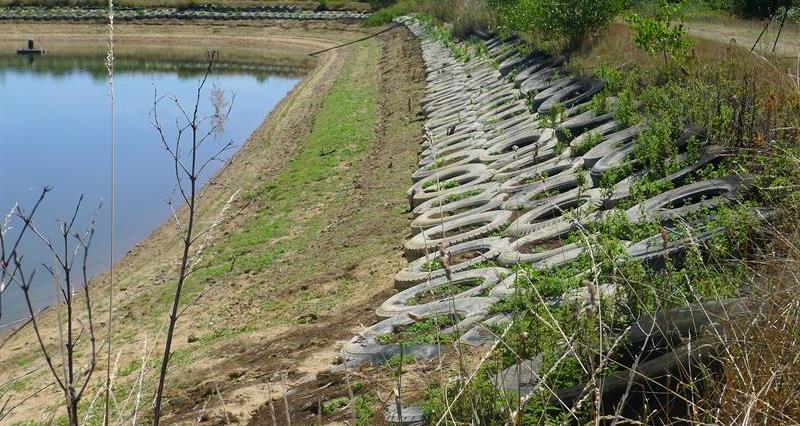Responses to climate change are centred around two interlinked strategies – mitigation and adaptation.
Mitigation refers to reducing greenhouse gas emissions to limit the impacts of climate change in the future.
Adaptation refers to changes made in response to current or anticipated climate change impacts.
Adaptation and agriculture
The need for adaptation is underscored by successive periods of flooding and drought in the UK in recent years and the impact this has had on business resilience and food security.
Looking ahead, one recent study found that by as much as 2.3% by 2050 and 12.6% by 2098.
The impact of adaptation measures on agricultural income is highly variable but generally adaptation is considered an important strategy for business resilience. Read:
UK climate adaptation policy
The UK’s Third National Adaptation Programme – NAP3 – sets out the government’s approach to climate adaptation. Each NAP covers a five-year period and addresses specific risks identified as part of an independent CCRA (Climate Change Risk Assessment).
The Climate Change Committee stated plainly that ‘NAP3 falls far short of what is needed’. Agriculture is only briefly mentioned, with ELMs cited as a key delivery mechanism for adaptation, all while SFI remains inaccessible for new entrants. ���:��
As the next CCRA process begins in early 2026, it is essential that farmers’ views are considered and adequately addressed. NAP4 will cover the period from 2028-33 – this is a vital window of opportunity to build resilience into the agricultural sector.
The business case for adaptation
Research by the demonstrates that investments in climate adaptation can lead to a more than ten-fold return over a decade.
Crucially, while adaptation can help avoid losses, it can also help to generate value through new opportunities. With the right support, a changing climate in the UK can present opportunities for novel crops or extended growing seasons.
Adaptation must be paired with mitigation
Finally, it is important to remember that mitigation, or limiting warming, is also key – evidence suggests that adaptation alone cannot offset the negative impacts of a changing climate.
This is why it is essential that the government’s upcoming foundational strategies for food and agriculture, such as the Land Use Framework and the National Food Strategy, combine and incentivise both strategies in tandem.





